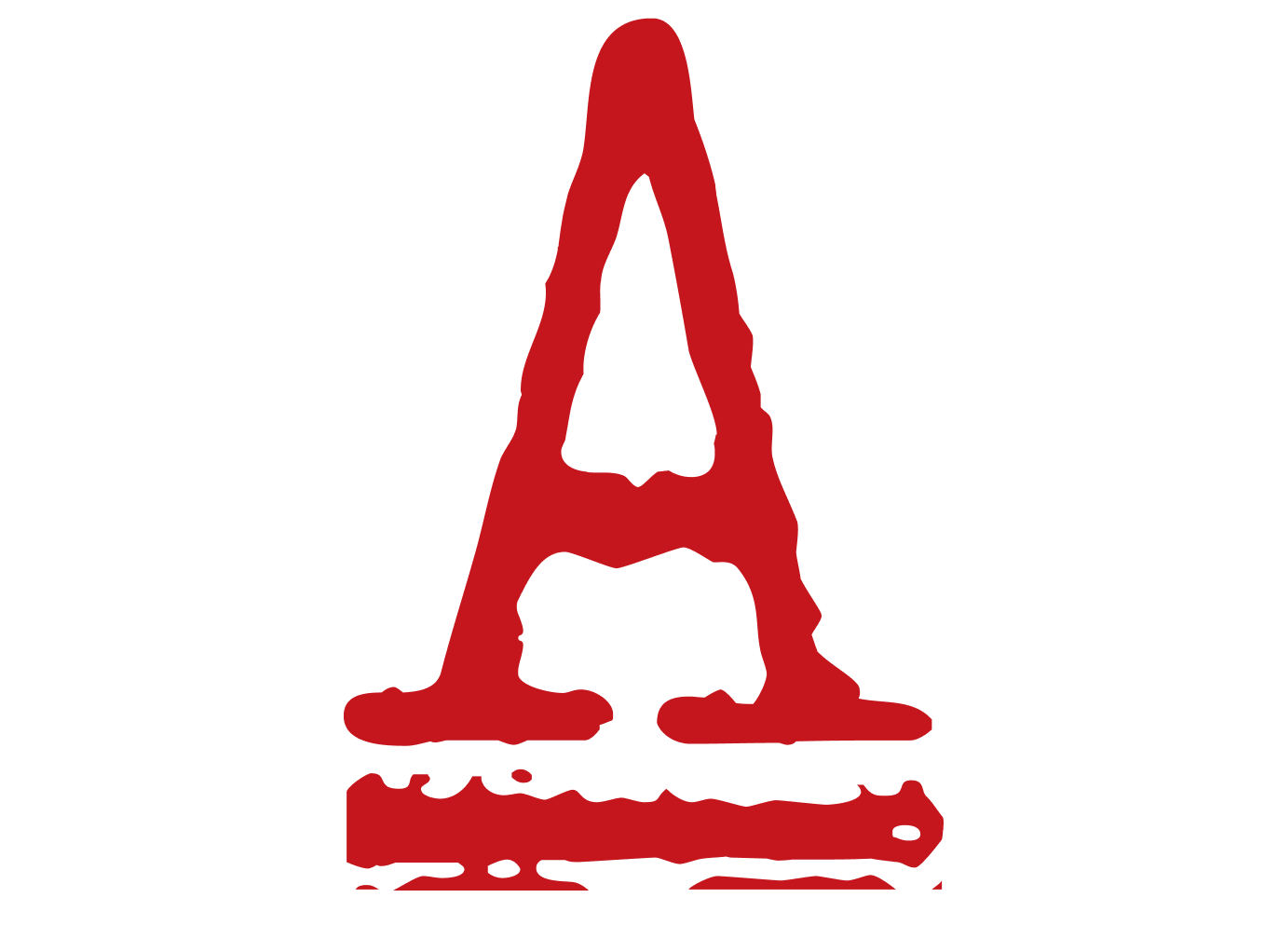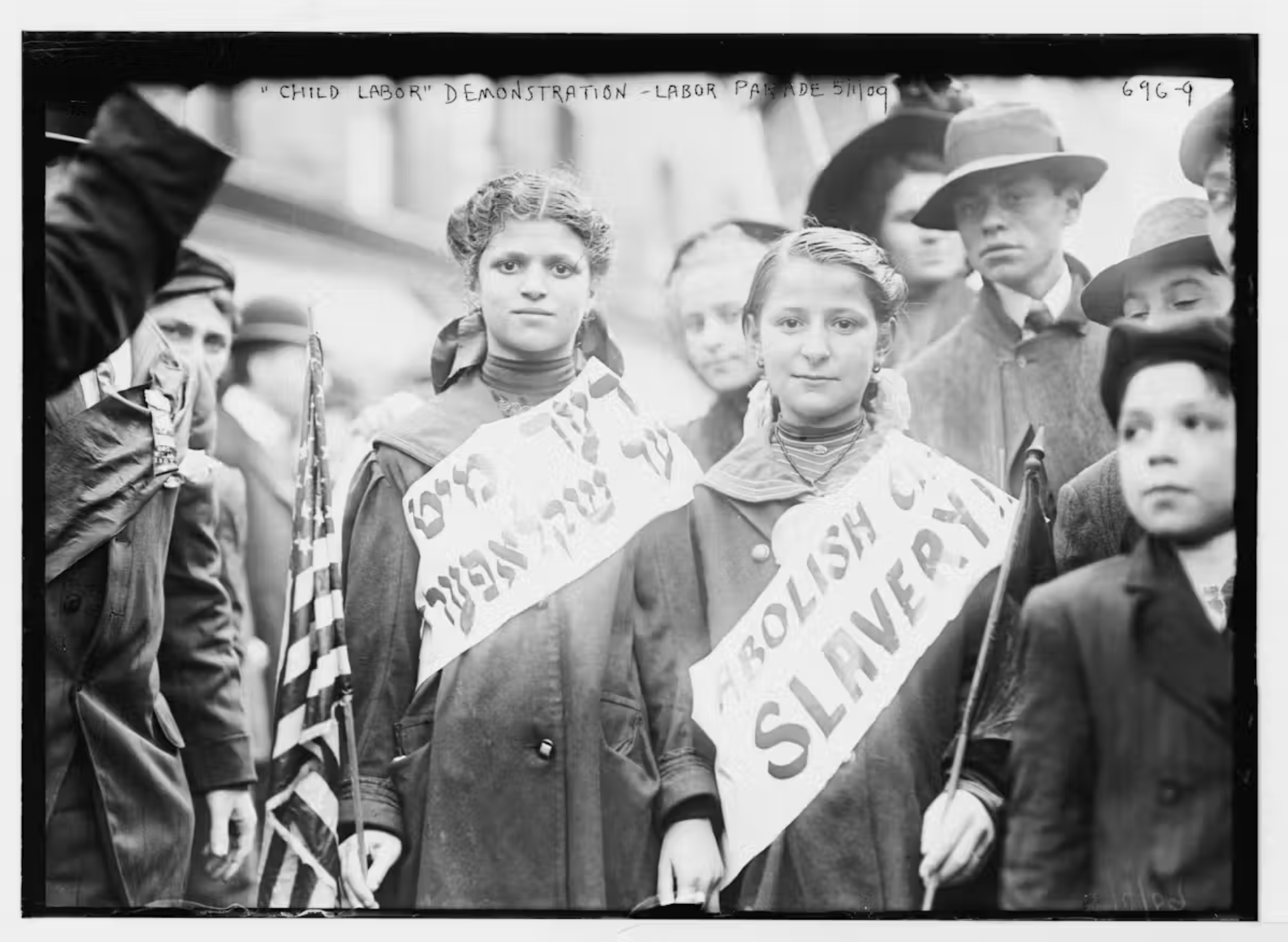By Geoffrey Baym
On a late summer day in 1906, a small group of newly arrived Jewish immigrants in Philadelphia took a streetcar across town to Fairmount Park. Several miles from the cramped row houses and oppressive sweatshops of the immigrant quarter of South Philly, the neighborhood now known as Queen Village, they enjoyed a sunny picnic.
They weren’t there to make small talk, though.
Instead, they wanted to write “revolutionary articles” that would spark the “struggle against all that degrades and oppresses humanity,” as one of the leaders of the group, Joseph Cohen, later wrote in his 1945 memoir.
More specifically, the picnicgoers wanted to start a newspaper. It would be titled Broyt un Frayheyt – Yiddish for Bread and Freedom – the anarchist reminder that to live the good life, one needs both.
I’m a professor of media and politics at Temple University in Philadelphia. For the past year I’ve been tracking the life and times of my great-grandfather Max, a radical Yiddish journalist in the early years of the 20th century.


